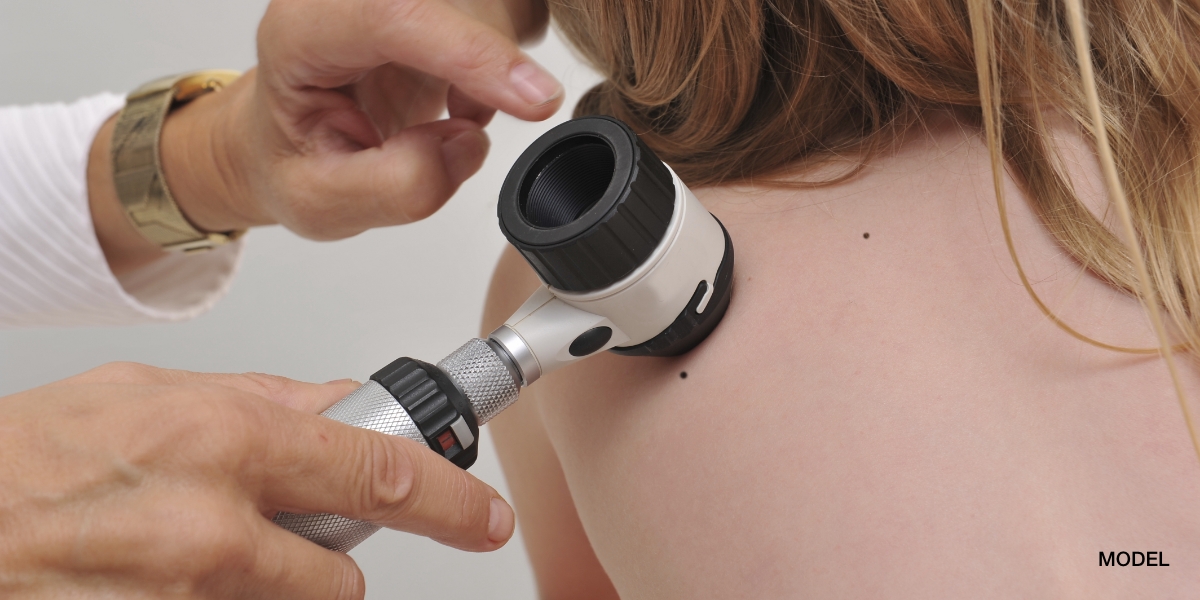Juvenile Xanthogranuloma (JXG) is the most common Non-X Histiocytosis and I occasionally encounter this skin disease in both my The Woodlands dermatology and Conroe dermatology offices. Clinically, JXG appears as a small red/pink nodule with a yellowish tinge that usually occurs on the head and neck. 90% of all JXGs are solitary. In most cases, JXG lesions do not require treatment as they resolve spontaneously. When JXG lesions are multiple, there is a higher incidence of internal involvment of JXG lesions in the liver, bone and lungs. The most common extra cutaneous location for JXG is actually the iris of the eye. When JXG lesions are on the iris, patients have a higher risk of glaucoma and uveitis, thus an opthalmologic evaluation is prudent in patients with multiple JXG lesions. In Neurofibromatosis 1, JXGs are also more prevalent so workup for this genetic disease may be initiated with the discovery of JXG.
February 25, 2012

Medically reviewed by Anthony J. Perri, M.D.
You May Also Like



Request a Consultation (Sidebar)
Recent Posts
Categories
- Uncategorized (512)
Tags
acne (6)
acne treatment (3)
acne vulgaris (2)
basal cell carcinoma (2)
biopsy (3)
cold urticaria (1)
common skin conditions (11)
dermatologist (15)
dermatology (7)
dr. perri (8)
dry skin (1)
eczema (2)
filiform (1)
health (3)
Herpes (1)
herpessimplex (1)
hives (2)
indentification (1)
keratosis pilaris (1)
Lichen Planopilaris (1)
melanoma (2)
moles (3)
periungual (1)
perri dermatology (10)
prevention (2)
rashes (2)
rosacea (3)
rosacea therapy (2)
skin cancer (6)
skin cancer screening (5)
skin care (2)
skin checks (8)
skin condition (6)
skin conditions (8)
skin damage (2)
skin exam (8)
summertime (3)
sunburn (3)
sunburns (2)
Sunprotection (1)
sunscreen (2)
virus (1)
warts (2)
why perri dermatology (3)
woodlands dermatologist (6)
